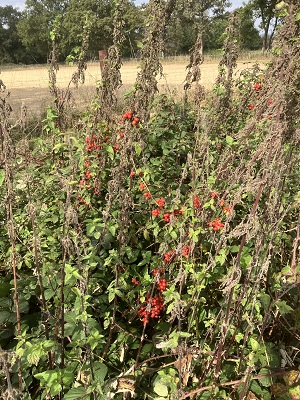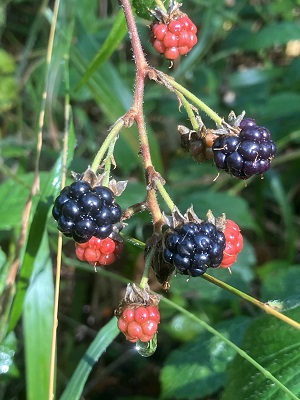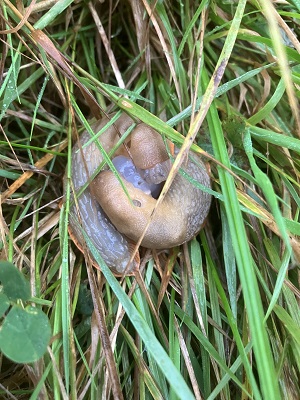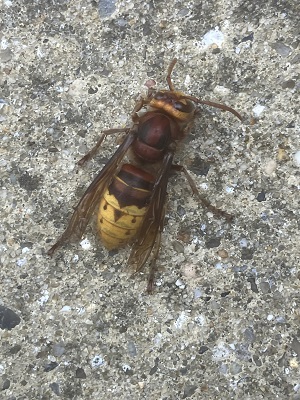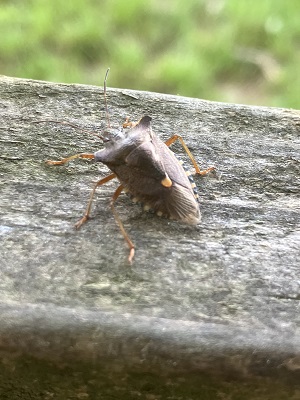Living Planet
Nature · Earth · ClimateNature Notes: October 2024
CHANGING WITH THE LEAVES
A month of golds and greens slowly singed with bronze, a partial eclipse of the full harvest super-moon and changing weather patterns - frost, the return of late summer, high warm winds, spectacular thunderstorms and torrential rain.
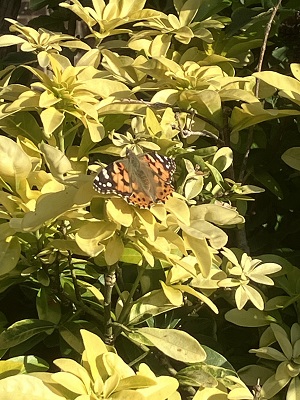
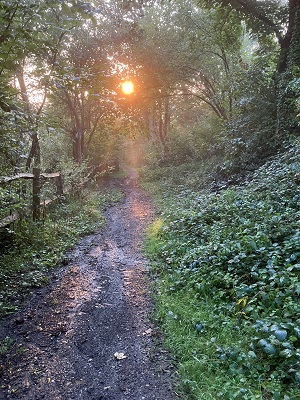
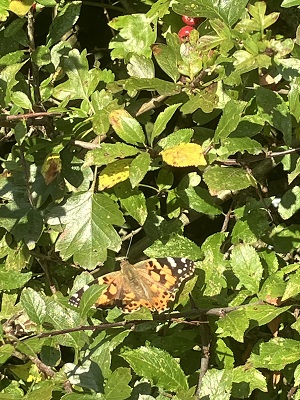
Highlights of September: the return of birdsong and butterflies (large whites, red admirals and painted ladies); a silky stream of twinkling ripples from a charm of goldfinches atop the crown of an oak tree; 12 migrating storks circling on thermal currents way up high in the sky; late fledging wrens flying close to the ground like giant bees; the poetry of a fallow deer with two very tiny fawns (but will they survive this late in the year?); the stillness of the morning scented by steaming hay and straw from a barn; yellow leaves scattering dark paths recently 're-earthed 'with rain; the life-affirming oxygen of freshly ploughed warm, wet fields; the exhilaration of wending my way through a field of chilled cows whilst two dozen swallows swooped, dived and danced over and around my head and body.
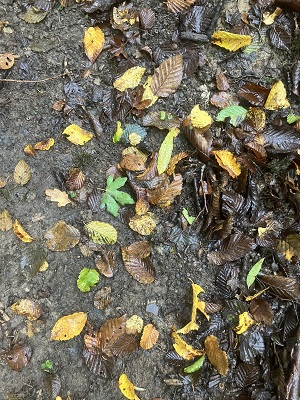
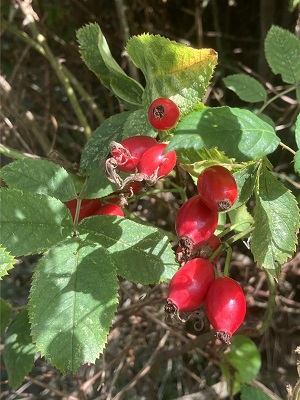
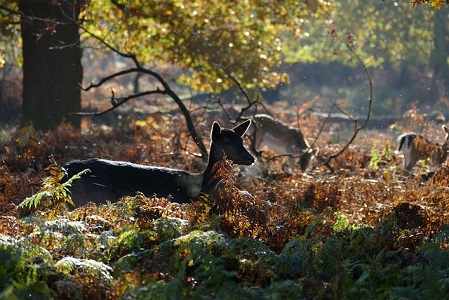
Lowlights: New research showing infected cows can spread bovine TB (bTB) bacteria through just 1g of their estimated 45 kilos of dung a day and that spreading slurry on fields, in which it can remain active for 3 months, risks infecting other cows and surrounding wildlife; the increasing amount of excrement (from dogs) currently being left on footpaths around the village - unpleasant to step in and full of nitrogen and phosphorous which has a negative impact on biodiversity; a national 'butterfly emergency' declared as UK summer count has hit a record low - Butterfly Conservation is calling for the government to ban all insect-killing neonicotinoid pesticides; the bountiful maize left to rot and go black and furry in the surrounding fields, which will still end up as cattle feed for the nearby dairy herd.
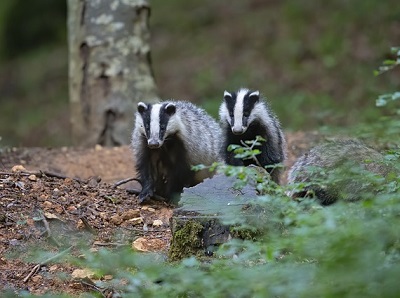
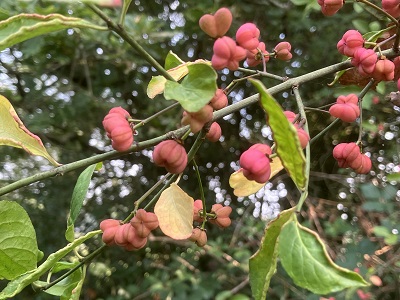
Key Messages: Autumn digging will effectively remove weeds so avoid 'Round up', one of the most harmful pollutants - killing plants, insects (including butterflies and bees) and entire hives up to 3 miles away whilst also poisoning wildlife and pets. If necessary, use 1 gallon of white vinegar, I cup of salt and a tablespoon of dish soap instead.
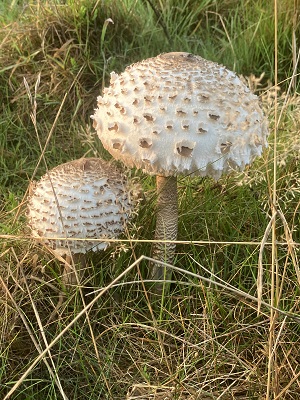
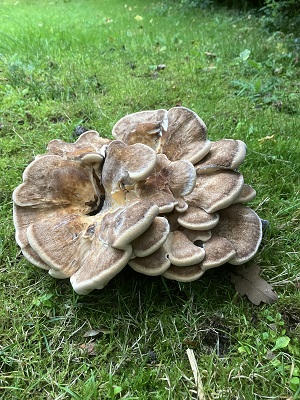
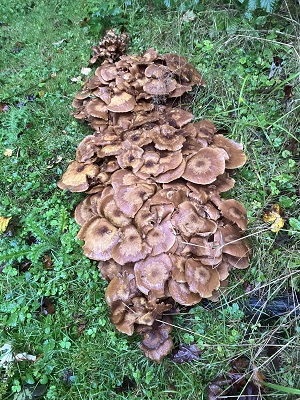
What to see in October: Fantastic fungi; starling murmurations; honey-scented balls of ivy flowers being supped by insects (watch out for the distinctive 'batman' hoverfly); the welcome return of migrant blackbirds, geese whooping overhead and redwings and fieldfares on hedgerow berries; signs of hibernation preparation from hedgehogs, bats and dormice.
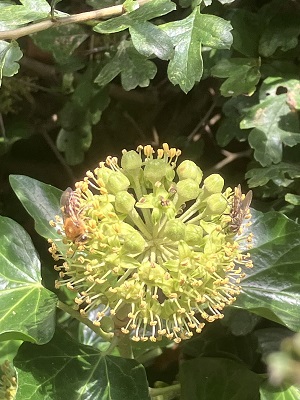
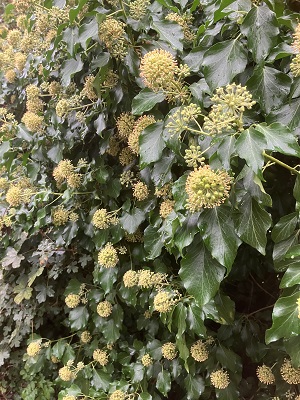
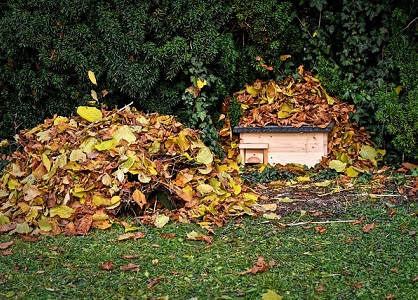
More likely to see/hear: the change of landscape colours - 'rust' bracken and flurries of golden and red-tinged leaves; tawny owls 'too-whit and too-whoo-ing'; pheasants waggling along woodland paths; the crunch of beech nuts under-foot; finches feeding on 'old man's beard'; chattering jays gathering and storing acorns for winter; the crash of antlers as fallow deer rut.

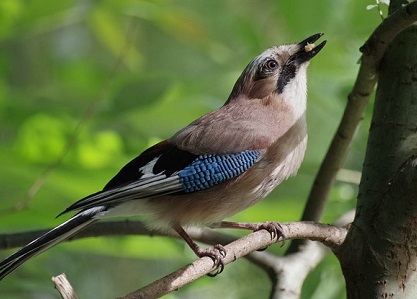
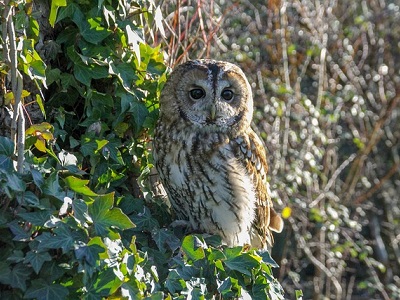
What you can do to help:
1) Clean out nestboxes and put up new ones - birds are already checking out suitable places for breeding in the spring, and they will provide essential over-wintering roosting sites.
2) Give them an extra treat this Apple day (21st October) by pushing a scewer through an apple's core, to make a hole, threading some string through it and tying the bottom end to the middle of a stick (a perch). Push sunflower seeds in and around the apple and then tie the top of the string to the branch of a tree and wait for the birds.
3) Add your voice to Butterfly Conservation's call on the Government to Take Action.
